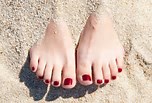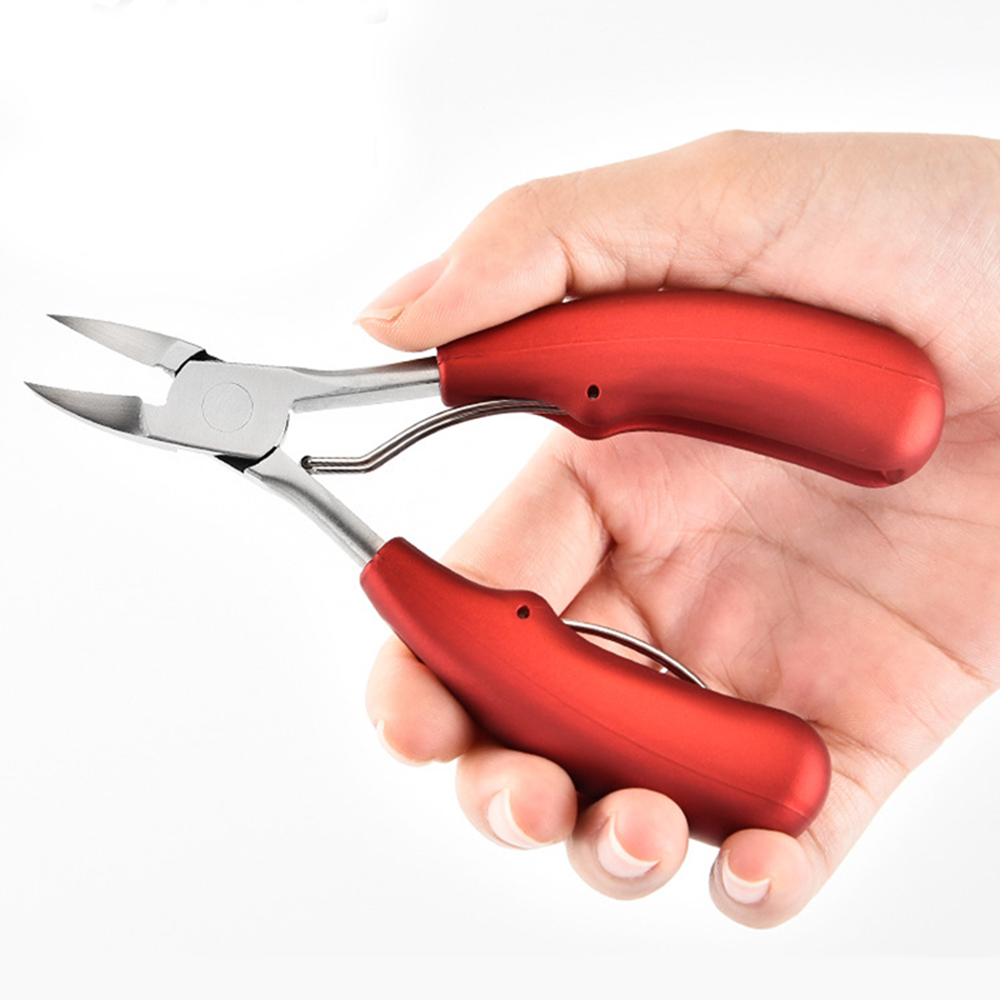Changes in Our Skin as We Age




Changes in Our Skin as We Age
As we age the appearance and texture of our skin change. Blood flow decreases, which causes the skin to become drier, thunner and less elastic. The colour of the skin changes as well, and less hair grows on the lower legs and feet. The glands in our skin produce less sweat and oil. In addition, the plantar fat pad can shrink, resulting in less cushioning around the bones.
This can cause painful calluses to form on the forefoot and toes. A study in Spain found that 78% of study subjects age sixty and older had skin conditions on the feet, with calluses being the most common finding. This study alos found that more than 70% of the subjects had both skin conditions and other foot disorders, such as bunions, toenail changes, and contracted toes. Fewer than 3% had normal feet.
Some of us experience numbness or lack of feeling in our feet as we age due to a loss of nerve function called peripheral neuropathy. Loss of nerve function can make it more difficult to detect other problems with our feet, such ac calluses and blisters.Over time, this can lead to much more serious problems, including open sores and infection. Changes in the nerves as we age can also make our feet more sensitive to burning sensations and less able to regulate the temperature of our skin.
Numbness and peripheral neuropathy will be discussed in more detail in the pages on nerve conditions. For now, however, a word of caution. If you have numbness or lack of feelings in your feet, you should be extremely careful with your skin and inspect your feet daily. Do not attempt to care for your skin and toenails by yourself. Instead, seek the advice and care of a doctor - if possible, a podiatrist.
Reference:Great Feet For Life: Paul Langer DPM
Articles - Latest
- A yoga teacher says this five-minute stretch is all you need to maintain flexibility in your spine
- Can't do a deep squat? Use this coach's four-step plan
- 6 Reasons Your Feet Are So Itchy
- Surprising Benefits of Using Bay Leaves on Your Feet
- I run 50 miles a week and this is my go-to 20-minute yoga-for-runners workout to boost my flexibility
- How to do hanging leg raises with perfect form, according to trainers
- The two exercises everyone should add to their strength workouts to see results, according to an expert trainer
- 1 year of heavy strength training could offer 4 years of benefits, study suggests
- Research Has Unveiled How Many Sets You Need to Do to Build Muscle
- I did 50 frog crunches every day for a week — here's what happened to my abs
- 10 physio-approved exercises for runners that will help you build strength and mobility
- Forget sit-ups — this 3-move standing ab workout chisels your abs and obliques
- What to do when plantar fasciitis is so bad you can't walk
- Five exercises better than side bends to sculpt strong obliques
- Forget Russian Twists — this 10-minute stability ball workout targets your abs and glutes
- Professor explains how we are all doing one exercise wrong and it is causing us pain
- Supplies, Description, and Usage - Tech Nails-2
- Supplies, Description, and Usage - Tech Nails
- Exercises for Plantar Fasciitis
- Shoes, insoles and splints: Cushioning and support - Plantar fasciitis
- 10 best bum workouts and 25 bum exercises for a 🍑'ier butt
- The dos and don’ts of running when you’re over 40
- This 30-minute workout can be done from just about anywhere
- I teach stretching routines for a living — 3 exercises that strengthen your hips and open your hamstrings
- Somatic exercise has gone viral promising to lower cortisol levels, ease stress, and boost health - so, does it actually work?
Articles-Popular
- Home
- Calluses and Corns-4-Padding and Insoles To relieve Pressure
- Add Muscle, Build Stamina and Fire up Your Metabolism with Our Three-Move Strongman Circuit
- The two exercises everyone should add to their strength workouts to see results, according to an expert trainer
- Contacts
- Appreciate Your Feet
- Therapy Price List- Aromatherapy - Counselling
- WEB - LINKS
- The Awareness of Foot Care
- Nail Technician Resume
- Join us as a Therapist
- Blisters on the Feet
- Skin Care-Feet
- Galleries
- TCM - Therapy Prices
- Podiatry/Chiropody Price List
- Bacterial Infections
- Nail Technician Job Description
- Itching Skin on the Feet
- Athlete's Foot
- Sweaty or Smelly Feet
- Gallery - Pedicured Feet
- Appointments
- Skin Changes Associated with Blood Flow
- Calluses and Corns - 2





